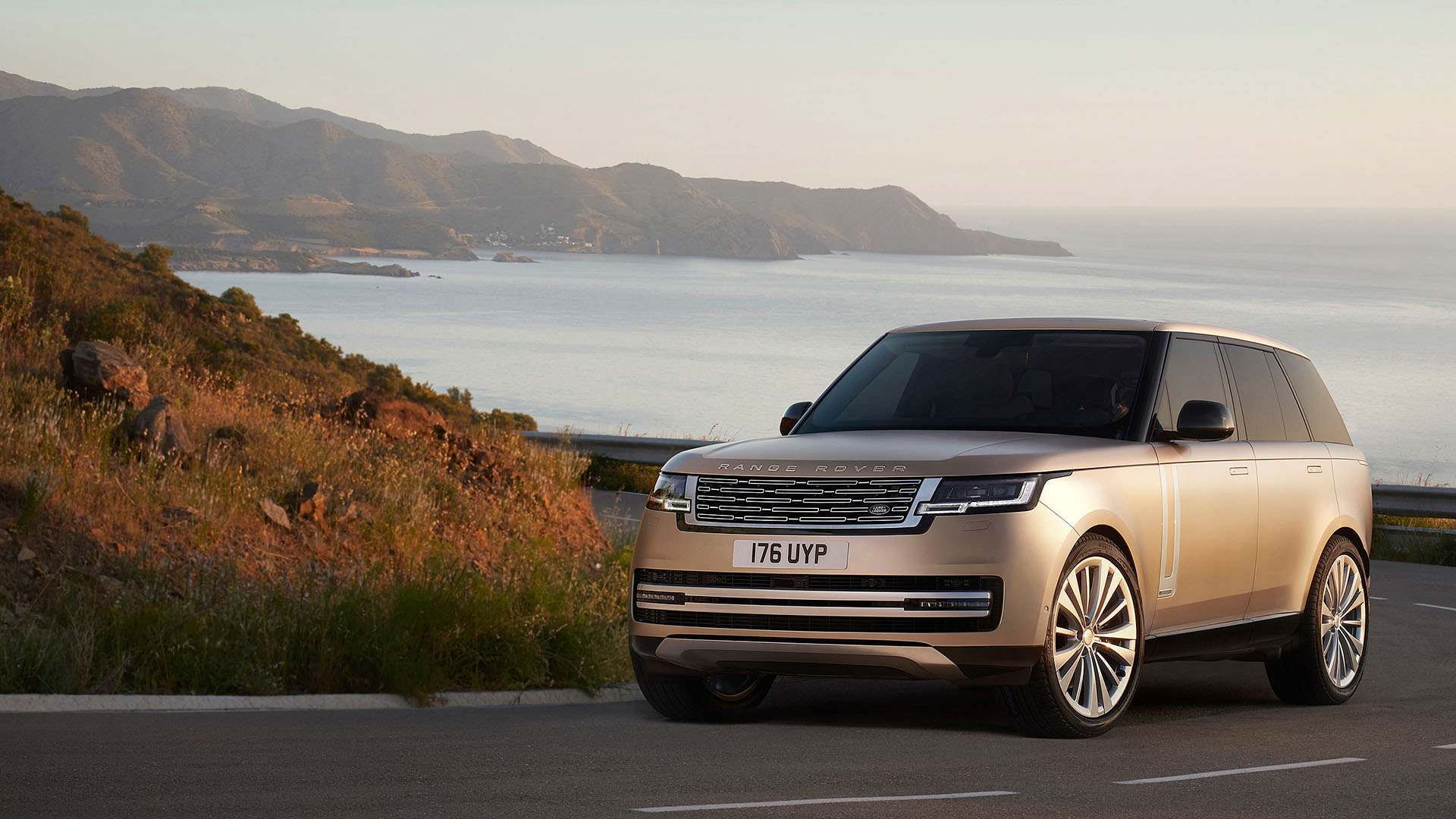It’s the beginning of a new era at Jaguar Land Rover with the launch of the Range Rover P400e, their first Plug-In Hybrid Electric Vehicle (PHEV), pronounced ‘Pee HEV’. Prices start from £86,965 and the order books are open. It is JLR’s first combined electric motor and combustion engine powertrain although this quintessentially british luxury 4×4 chariot is still available in petrol and diesel variants, with the introduction of the new Ingenium engines.
Diesels are no longer in favour and governments around the world are doing their best to kill the combustion engine all together. We are witnessing the emergence of MEVs, BEVs, PHEVs and EVs! These are the only choices we’ll be making in the not too distant future after the demise of the combustion engine but for the time being a PHEV is the only choice at the JLR camp for anything electric.
The First impression of the Range Rover P400e were the exterior tweaks which include a flap cleverly disguised in the front grill hiding the plug-in charger and the new light clusters housing new pixel laser LED lights.
The other notable visual improvement is the upgraded interior which includes the Touch Pro Duo infotainment system. Probably one of the best dashboards in any modern car today. Paul Ray and his interior design team have breathed some magic on the already luxurious cabin by making it even better. They have created an environment that is both visually beautiful, highly functional and oh so comfortable. After-all any car offering 25 seat massage options including Hot-Stone wins my vote although you’ll have to read to the end of the article to find out whether there was a happy ending.
The P400e combines the new JLR Ingenium 2.0L 4-cylinder petrol engine providing 300PS (221kW) power with a 116PS (85kW) electric motor, together delivering 404PS (297kW) or combined power. The permanent four-wheel drive system will move you from 0-100km/h (0-60mph) in 6.8 seconds with a top speed of 220km/h (137mph). The electrified powertrain only emits 64g/km on the NEDC combined cycle and has an all-electric range of up to 51km (31 miles) without the Ingenium engine running. Electric rapid charging takes 2hrs 45mins via a 32amp wall box or 7hrs 30mins from a standard 10 amp home charging cable supplied as standard.
The JLR engineers have done a great job making the motor and engine work seamlessly together and when you need to get a pace on it certainly feels much quicker than what you would expect from a 2.0L engine. The power delivery is smooth and predictable aided by an 8-speed ZF auto gearbox. It’s actually very impressive considering that the combined forces of the electric motor and engine are pulling a nearly three ton carriage!
With 640Nm of torque the P400e was also a joy to drive off-road with its superior traction and rugged capabilities that we have all come to expect on all Land Rovers. The P400e was no exception and dealt with mud, ruts, rivers and snow with more refinement than combustion driven alternatives.
I developed a love hate relationship with the P400e as it was the complete package in both ‘Parallel Hybrid’ mode and ‘All Electric’ mode. As a V8 combustion engine enthusiast I found that there was something very special about the PHEV model. I developed a craving to experience the serenity that the ’All Electric’ mode provided, by wafting through urban jungles in total silence and with the satisfaction that I wasn’t polluting the atmosphere, not one little bit. But the batteries emptied too quickly and I wanted more, more tranquillity, more relaxation, more thinking time, more peaceful motoring. With 6mm thicker glass all round and in ‘All Electric’ mode, without kids or animals in the car, all that could be heard was the crisp tone of the Meridian Sound System. Stop the music and you can hear a pin drop and it was oh so calming and so very relaxing. A wonderful place to leave the stresses of modern day life behind just for that trip or rather just for those 51 precious kilometres.
The only stress caused by the P400e was pressing the ‘Save Electric Power’ button and deciding when to use that ‘All Electric’ power without consuming it all at the beginning of a long journey, never-the-less a great feature. That said, with batteries empty the car drove surprisingly well on the 2.0L engine without the help of the electric motor although it sounded unrefined when pushed hard.
For the school run, local commute and general urban driving the P400e PHEV would be the only option if you want a Range Rover and never want to see a petrol station again. However, if traveling further on a daily basis then the more conventional combustion engine options would have more appeal. Never-the-less you are sure to have a happy ending after every trip in the P400e PHEV as you arrive at your destination in complete silence.
Words by Paul Tarantino



